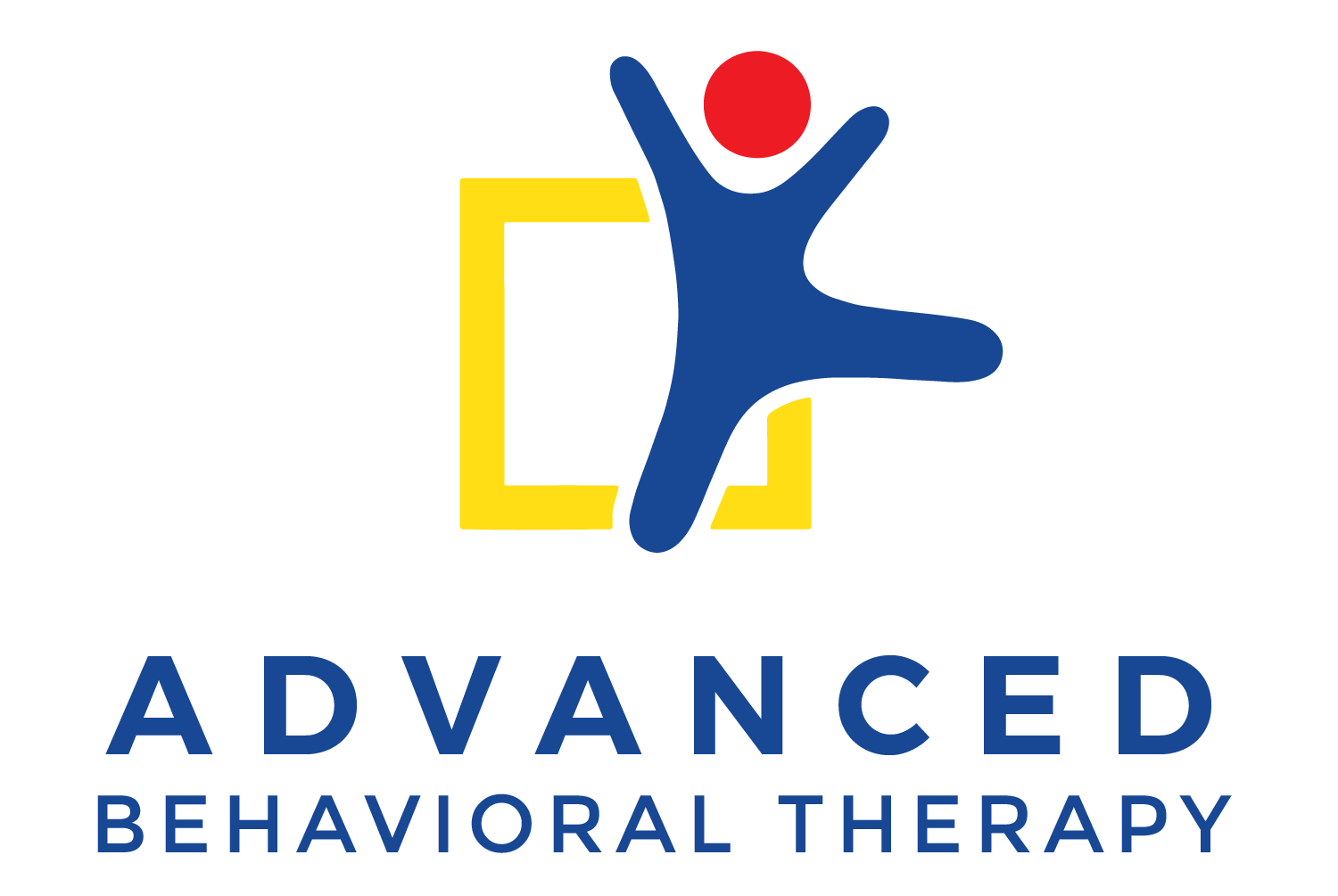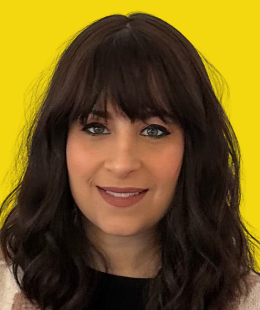Strategies for Effective Community Development
Definition of community development
Community development is the process of empowering individuals and groups to take collective action toward improving their neighborhoods and communities.
It’s like a DIY project, but instead of just fixing up your living room, you’re revitalizing an entire neighborhood!
This includes everything from economic development and social development to urban planning and community building.
Importance of community development in various contexts
The significance of community development cannot be overstated. It serves as the backbone for sustainable communities, fostering social cohesion and resilience among residents. Here are a few key reasons why it matters:
- Economic Growth: Community development stimulates local economies by creating job opportunities and encouraging entrepreneurship through grassroots initiatives.
- Social Capital Building: By enhancing civic engagement, communities become more connected, leading to stronger networks and support systems.
- Neighborhood Revitalization: Effective community development can transform neglected areas into vibrant spaces that attract new businesses and residents alike.
- Inclusive Communities: It promotes equitable access to resources, ensuring that all voices are heard in the decision-making process.
- Cultural Development: Community-led projects often celebrate local culture, enhancing social identity and pride.
Understanding the Needs of the Community
Conducting community assessments
Before diving headfirst into community development, it’s crucial to take a step back and assess what the community truly needs. Think of it as putting on your detective hat and gathering clues about the local landscape. This involves:
- Surveys and Interviews: Engage residents through surveys or one-on-one interviews to gather insights about their experiences and needs.
- Data Analysis: Utilize existing data on demographics, economic conditions, and social issues to identify trends and gaps.
- Community Mapping: Visualize resources, assets, and challenges in the area to understand its dynamics better.
This assessment not only uncovers pressing issues but also highlights existing strengths within the community that can be leveraged for future initiatives.
Engaging with community members and stakeholders
No one knows a neighborhood better than its residents! Engaging with community members is like inviting them to a potluck dinner where everyone brings their favorite dish-everyone has something valuable to contribute.
Here are some effective strategies for fostering community engagement:
- Host Community Forums: Organize open forums where residents can voice their thoughts, ideas, and concerns.
- Create Focus Groups: Assemble small groups of diverse stakeholders to dive deeper into specific topics or challenges.
- Utilize Social Media: Leverage platforms like Facebook or Nextdoor to spread information quickly and gather feedback from a wider audience.
This participatory approach enhances social cohesion, making residents feel valued and empowered in the decision-making process.
Identifying key challenges and opportunities
- S.W.O.T. Analysis: Conduct a Strengths, Weaknesses, Opportunities, and Threats analysis with community members to pinpoint critical areas for action.
- Prioritize Issues: Work collaboratively with stakeholders to prioritize challenges based on urgency and potential impact.
- Acknowledge Opportunities: Look for chances for community-led projects, such as vacant lot transformations or local business support initiatives that can lead to neighborhood improvement strategies.
The National Community Development Association reports that communities engaging in participatory planning see a 30% increase in project success rates compared to those that do not.
This structured approach helps in aligning resources effectively while paving the way for innovative solutions tailored specifically for your unique context.
Your Takeaway:
A thorough understanding of community needs is essential for effective community development. By conducting assessments, engaging actively with residents, and identifying key challenges along with opportunities, you’re setting the stage for impactful change!
Building Partnerships for Effective Development
The role of collaboration in community development
Collaboration is the secret sauce of community development. Think of it as assembling the ultimate dream team-everyone brings their unique skills to the table, creating a powerful force for change.
Collaborative efforts often lead to innovative solutions that might not emerge in isolated environments. Whether it’s a public-private partnership in development or grassroots initiatives, collaboration amplifies impact and drives progress.
Identifying potential partners (local organizations, businesses, etc.)
The first step in building strong partnerships is identifying potential allies. Start by mapping out your community’s landscape-who’s already making waves? Here are some key players to consider:
- Local Nonprofits: Organizations that focus on specific issues like housing or education can provide valuable insights and resources.
- Businesses: Local enterprises often have a vested interest in community health and may be willing to invest in community-led projects.
- Civic Groups: Neighborhood associations and civic organizations can help rally support and mobilize volunteers for initiatives.
- Government Agencies: Local governance plays a critical role in providing funding and regulatory support for development projects.
- Educational Institutions: Universities and schools can be great partners in research initiatives or volunteer programs aimed at enhancing community engagement.
By tapping into these resources, you can create a robust network that supports your community development efforts.
Strategies for fostering strong partnerships
1. Create Clear Goals.
A successful partnership is like a well-oiled machine: when all parts work together seamlessly, you’ll see greater efficiency and effectiveness in achieving local development.
Utilizing Resources Effectively
Funding options for community development projects
When it comes to community development, funding is like the fuel that keeps the engine running. Without it, even the best ideas can stall. Luckily, there are various funding options available to kickstart your projects:
- Grants: Look for federal, state, and local grants specifically aimed at community development. Organizations like the Community Development Block Grant (CDBG) program provide substantial financial support.
- Crowdfunding: Platforms such as GoFundMe or Kickstarter allow you to tap into grassroots support and raise funds directly from community members.
- Sponsorships: Local businesses might be interested in sponsoring community initiatives. Create a win-win situation where they gain visibility while supporting local causes.
- Public-Private Partnerships: Collaborate with private entities to pool resources for larger projects that benefit the community as a whole.
The importance of leveraging local resources and talents
Your community is brimming with untapped potential! Think of your neighbors not just as residents but as an incredible resource pool-each person brings unique skills and talents that can enhance community development.
There are several ways to leverage this local goldmine, including identifying skills, creating skill-sharing programs, engaging local leaders, and utilizing local materials.
This approach not only maximizes available resources but also strengthens social ties and builds social capital, creating a more resilient community!
Tapping into volunteer support and engagement strategies
No one understands the power of volunteerism better than communities themselves! Volunteers are often the heartbeat of community development, bringing energy and passion to various projects.
Effectively engage volunteers by creating meaningful opportunities, acknowledging contributions, offering training programs, and cultivating community spirit.
The Corporation for National & Community Service found that communities with high volunteer participation experience 20% higher rates of civic engagement compared to those without active volunteer programs.
Takeaway: Tapping into volunteer support effectively transforms ordinary citizens into champions for change, driving impactful neighborhood revitalization.
Your Key Takeaway:
The effective utilization of resources-including funding opportunities, local talent, and volunteer engagement-is crucial for successful community development. By strategically leveraging these assets, you set the stage for sustainable growth and empowered communities!
The Role of Technology in Community Development
Using social media for outreach and engagement
Social media is like the megaphone of the digital, amplifying voices and connecting communities faster than you can say “community development.”
Platforms like Facebook, Twitter, and Instagram allow local organizations to reach out to residents, share important information, and gather feedback in real-time.
The beauty of using social media is that it breaks down barriers-everyone can participate, regardless of their physical location. It’s all about creating a virtual town square where ideas flow freely!
The impact of digital tools on communication and collaboration
In the realm of community development, digital tools are game-changers! Imagine trying to coordinate a neighborhood event without Google Docs or Zoom-it would be like herding cats!
Here are some ways digital tools enhance communication and collaboration:
- Real-Time Collaboration: Tools like Slack or Trello allow teams to work together seamlessly, sharing updates and resources instantly.
- Virtual Meetings: Platforms like Zoom make it easy for stakeholders who can’t meet in person to stay involved. No more excuses about traffic!
- Data Sharing: Cloud storage solutions enable easy access to important documents for everyone involved-from project proposals to funding applications.
- Email Newsletters: Regular updates keep everyone informed about upcoming events, initiatives, or changes in the community landscape.
This shift toward digital communication not only streamlines processes but also fosters greater community engagement. When everyone is on the same page (or screen), collaboration flourishes!
Innovative technologies that can aid community initiatives
The future is now! Innovative technologies are revolutionizing how we approach community development. From smart city solutions to mobile applications designed for local needs, here are some trailblazing examples:
- Sensors and IoT Devices: These technologies can monitor environmental conditions (like air quality) in real-time, allowing communities to respond swiftly to challenges.
- Crowdsourcing Apps: Platforms like SeeClickFix enable residents to report issues (think potholes or broken streetlights) directly to local authorities-empowering citizens as active participants in their community’s upkeep.
- Drones for Mapping & Assessment: Drones can provide aerial views of neighborhoods for better urban planning or disaster response efforts. Talk about taking a bird’s-eye view!
- Sustainable Tech Solutions: Innovations such as solar-powered public benches or smart recycling bins encourage eco-friendly practices while enhancing public spaces.
The integration of these technologies not only improves efficiency but also fosters a culture of innovation within communities-making them more resilient and adaptable in the face of change.
Your Key Takeaway:
The role of technology in community development cannot be underestimated. By leveraging social media for engagement, utilizing digital tools for collaboration, and embracing innovative tech solutions, communities can thrive like never before!
Conclusion: Moving Forward with Community Development Strategies
Recap of key points discussed
As we wrap up our journey through the landscape of community development, let’s take a moment to reflect on the essentials:
- Understanding Needs: Assessing community needs through surveys and engagement is crucial for identifying challenges and opportunities.
- Building Partnerships: Collaborating with local organizations, businesses, and residents creates a robust network that amplifies impact.
- Implementing Sustainable Programs: Successful initiatives are rooted in community involvement, cultural sensitivity, and clear objectives.
- Utilizing Resources Effectively: Leveraging local talents and funding options ensures sustainability and growth.
- Cultivating Engagement: Active participation fosters ownership, trust, and resilience within communities.
- Embracing Technology: Digital tools enhance communication, collaboration, and innovation in community initiatives.
Encouragement to take action within communities
The time to act is now! Whether you’re a resident eager to make a change or a local leader looking to inspire others, remember that every small step counts. Here are some actionable ideas:
- Create a Community Group.
- Organize Local Events.
- Start Conversations.
- Pursue Funding Opportunities.
Contact us
At Advanced Behavioral Therapy, we believe that strong communities create healthy individuals. Our Community Development services are offered through center-based, school-based, and home-based programs across Beachwood, Columbus, and New Jersey.
We collaborate with residents, schools, organizations, and local leaders to identify needs and create sustainable solutions that foster mental wellness, inclusion, and resilience.
Whether through outreach initiatives, educational workshops, or family-focused support, our licensed mental health professionals, occupational therapists, and social workers are dedicated to helping communities thrive.
When your community needs guidance and growth, contact us at (216) 508-0222, (380) 799-8555, or (888) 830-1672, https://advancedabatherapy.com/ — we’re here to build a brighter, healthier future together.









